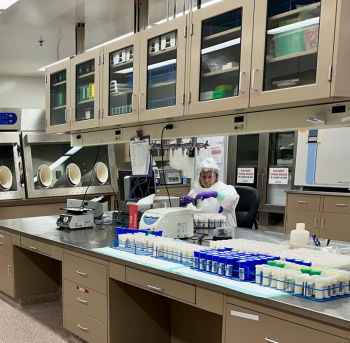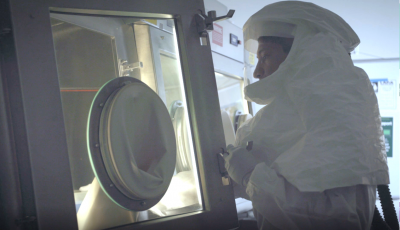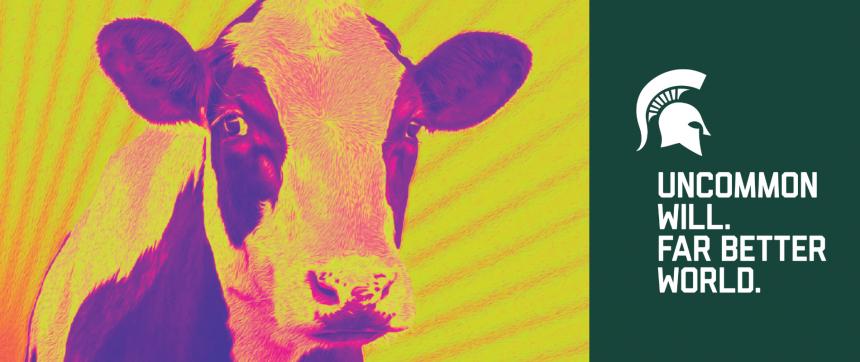Before a deadly disease makes headlines, it often starts quietly—in animals.

COVID-19, avian influenza, and Ebola are just a few examples of zoonotic diseases—illnesses that originate in animals and cross over to people. As human and animal environments become increasingly interconnected through global trade, urban development, and climate pressures, these cross-species threats are becoming more common. And beyond these emerging zoonotic threats, we continue to combat challenges such as brucellosis in livestock and antimicrobial-resistant tuberculosis.
That’s why pandemic prevention doesn’t start in human hospitals. It starts in places like the Michigan State University Veterinary Diagnostic Laboratory.
The MSU VDL is one of the most advanced labs in the country. It plays a critical role in identifying emerging diseases early—often in animal populations, before they ever affect people. This is how outbreaks are detected, tracked, and contained before they become global crises.
But detection is just the first step.
To protect both people and animals, we need to develop faster, more accurate diagnostic tests, targeted treatments, and new vaccines. That kind of innovation requires highly sophisticated research space.

Diseases that pose a risk to human or animal health must be studied in high-containment research labs, known as Biosafety Level 3 (BSL-3) labs. These are carefully designed, highly secure facilities where scientists can safely study infectious diseases and figure out how to stop them.
Here’s the challenge:
MSU has the diagnostic power to detect dangerous diseases—but insufficient research space to respond aggressively. Maintaining the pace of discovery to combat these pathogens when time matters most means we need to develop life-saving drugs and vaccines right here at MSU. We are ready to make that possible.
With new and improved high-containment research labs, MSU scientists will be able to:
- Investigate emerging diseases safely, on-site
- Develop faster, more accurate diagnostic tools
- Discover and advance treatments and vaccines across species
- Train future leaders in this specialized area of research
- Help prevent the next pandemic through on-site research and preparedness here in Michigan
Veterinary researchers are often the first to see the early signs of emerging threats. When they have the tools to act quickly, we all benefit.
An investment in BSL-3 research space is an investment in health, safety, and prevention—for animals and for people.
Goal: $25 million
Interested in making a difference? Contact the Development Team.
A Word from Dean Dodd and Dr. Victor DiRita
Check out this snippet from the College's podcast, Dogtors Without Borders, featuring a conversation between Dean Dodd and Dr. Victor DiRita as they discuss the need for enhanced high-containment research facilities to support ongoing and future disease studies. (Full episode linked below!)
Learn More
Listen: Guard Dogs of Public Health Watch: Avian Influenza Biosecurity Read: Testing During an Outbreak
